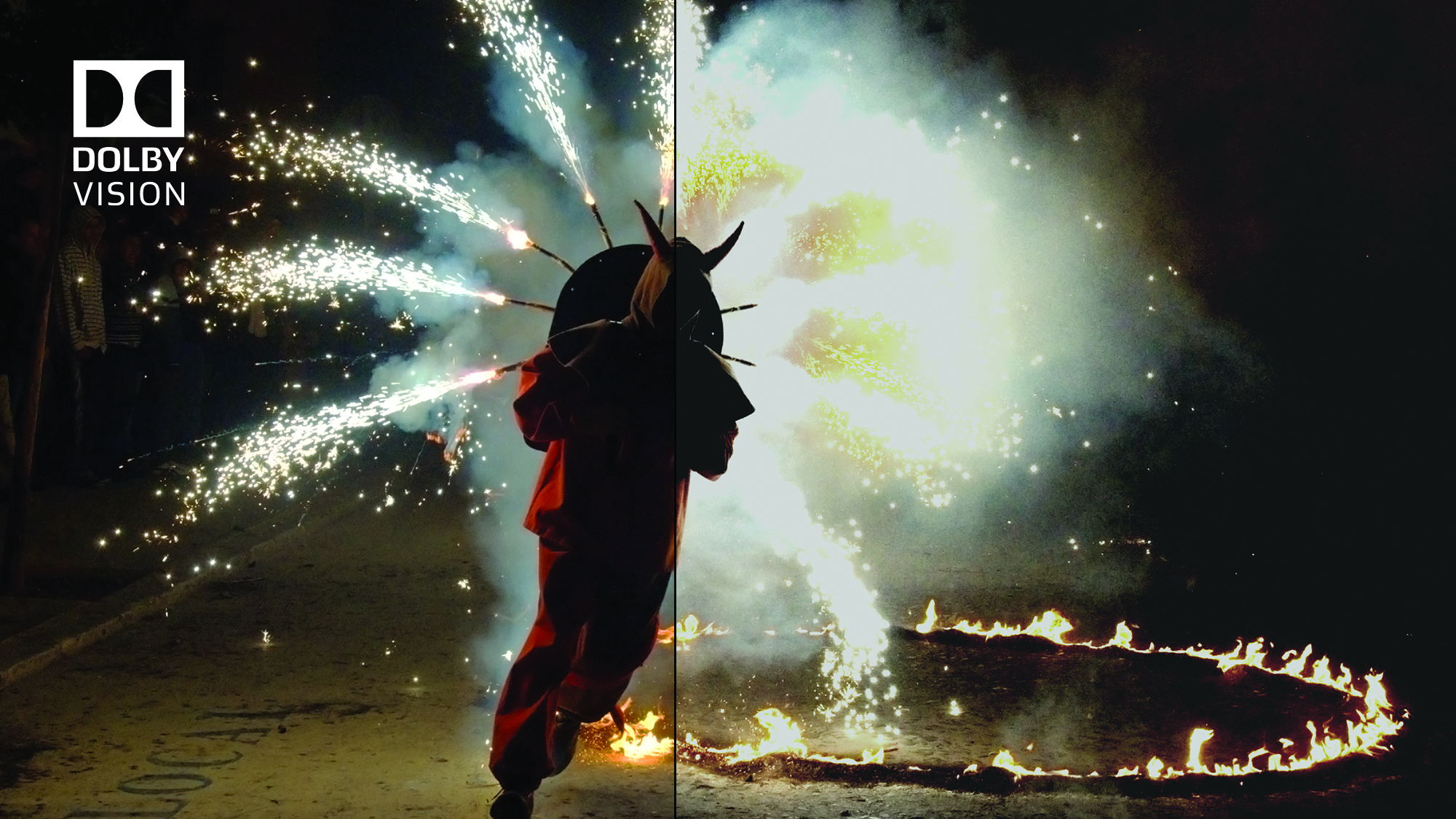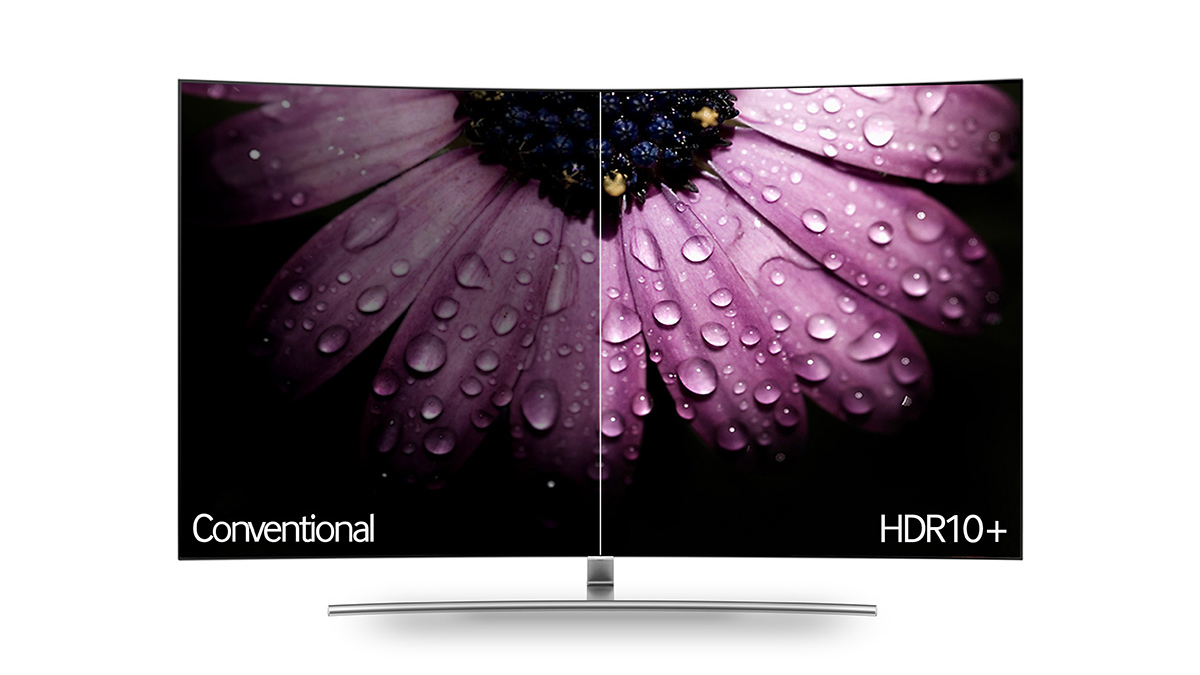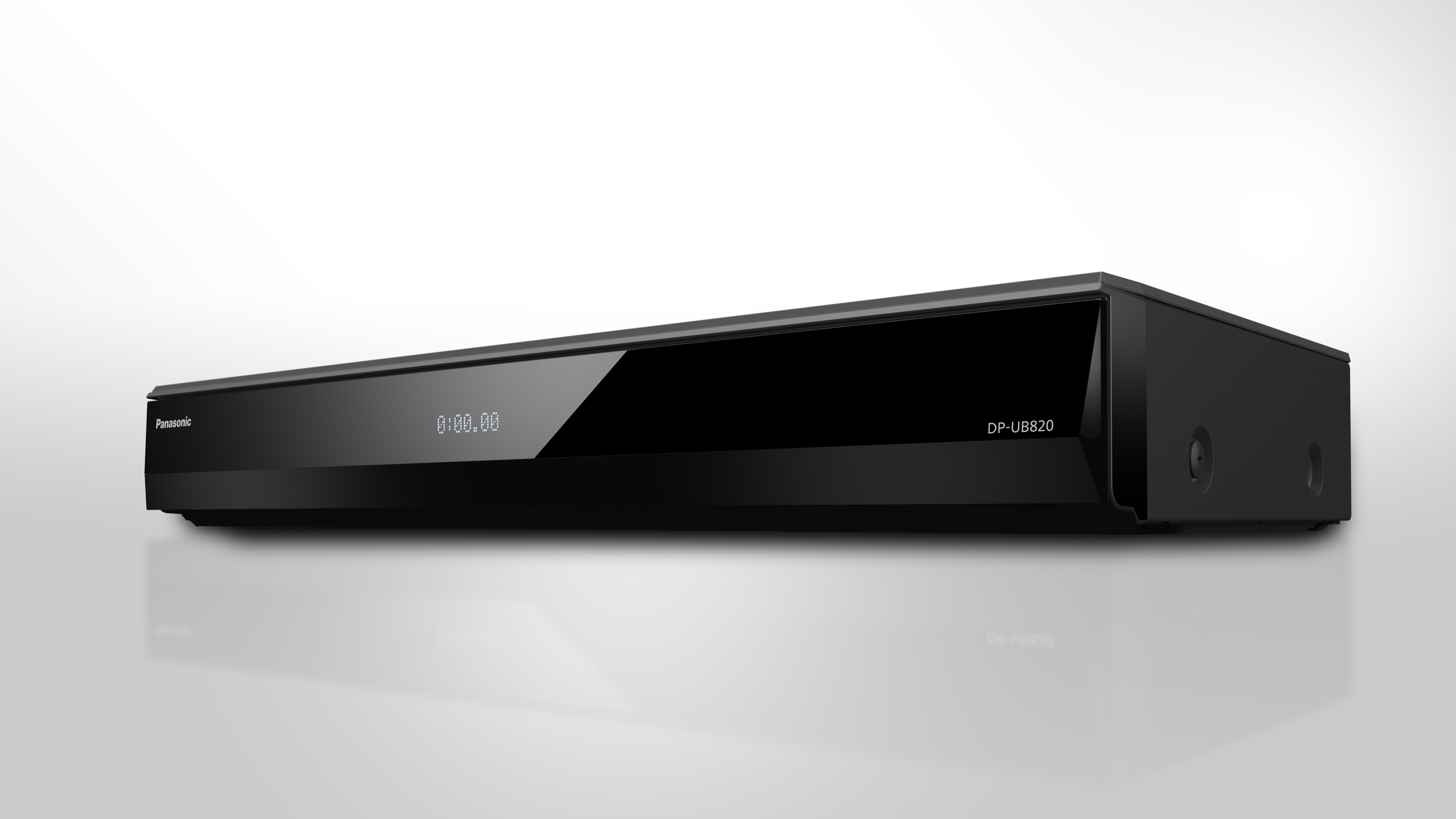
The term ‘format war’ can be exciting to use - it denotes some sort of competition between some of the leading tech companies in the world. But it can also carry some … expectations with it, too.
When reporters have covered HDR10+ and compared it against the existing dynamic metadata-rich HDR format, Dolby Vision, it’s always been as a competition - that one format will win and one will lose.
And yet, according to Dolby Laboratories’ Senior Vice President of Consumer Entertainment, Giles Baker, it doesn’t necessarily have to be that way.
In an interview with TechRadar, Baker mused about a future in which both systems coexist. Granted, he believes Dolby provides a better end-to-end solution for HDR mastering and delivery, but that doesn’t mean he thinks HDR10+ doesn’t have its merits. It’s just … different.

Dolby Vision and HDR10+: the pros and the cons
As you might have read elsewhere on the site, Dolby Vision and HDR10+ are the next step in the evolution in high dynamic range (HDR) - a video display technology that uses metadata to drastically increase brightness, color saturation and contrast.
HDR, the universal standard set by the Consumer Technology Association (CTA), is governed by something called static metadata - i.e. data that doesn’t change from scene-to-scene. It’s a set range that color, brightness and contrast need to stay within for the entirety of the movie or TV show.
What Dolby Vision and HDR10+ both do is use dynamic metadata to change those attributes on a moment-to-moment basis. This means that scenes can be more dynamic with one scene reaching peak black levels of the TV, with the next doing the same for brightness.
Get daily insight, inspiration and deals in your inbox
Sign up for breaking news, reviews, opinion, top tech deals, and more.
The difference between them, and the point Baker wants to make abundantly clear, is that, for Dolby Vision, all of that metadata is created by hand by colorists and editors at the movie studio. HDR10+’s metadata, meanwhile, is produced by an upscaling algorithm. This algorithm-based mode for content generation takes a lot of work off the editors and reduces time in development, which, Baker admitted, he could understand that being seen as a positive trait.

“But HDR10+ and Dolby Vision can coexist,” Baker says, pointing to Panasonic’s recent announcement of the first HDR10+ Blu-ray player to simultaneously support Dolby Vision, the Panasonic UB820. “We don’t see any reason that discs [and players] can’t have both.”
The sentiment is a nice one: There doesn’t need to be a winner and a loser here - we should all just enjoy better-looking content in whichever format directors and creators choose to use.
Is it possible that five years from now we’ll all own discs with both Dolby Vision and HDR10+ and players and TVs capable of displaying both formats? It’s certainly possible.
- New year, new tech – check out all our coverage of CES 2018 straight from Las Vegas, the greatest gadget show on Earth
Nick Pino is Managing Editor, TV and AV for TechRadar's sister site, Tom's Guide. Previously, he was the Senior Editor of Home Entertainment at TechRadar, covering TVs, headphones, speakers, video games, VR and streaming devices. He's also written for GamesRadar+, Official Xbox Magazine, PC Gamer and other outlets over the last decade, and he has a degree in computer science he's not using if anyone wants it.
